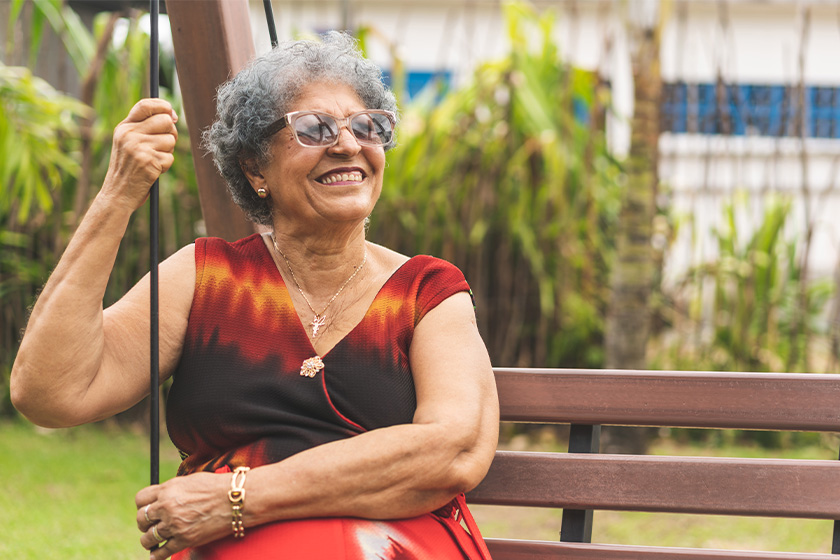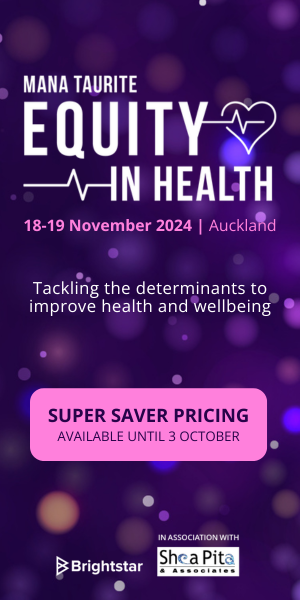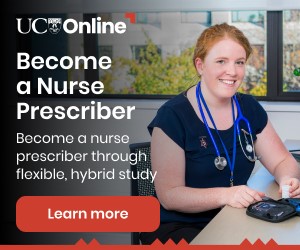
The ability to live independently is highly valued by seniors.1 Much of that independence, which is critical to the mental health and wellbeing of older adults, comes from living in their own home. Seniors report moving out of home into an age-related residential care facility as one of their greatest fears.1
In addition to cardiac events and respiratory disorders, falls are a common reason for older adults losing their independence. One third of those aged 65 years or older living in the community experience a fall at least once a year and up to one half of seniors requiring hospital admission with a fall-related injury are discharged to an age-related residential care facility.2
With falls being a major threat to the wellbeing and independence of older adults, identifying your senior patients who are at risk of falling allows steps to be taken to reduce harm and support their desire to maintain their independence.
Assessing the risk of falling in your senior patients
Routinely asking your senior patients about falls is critical as they may never proactively raise the topic during a consultation for fear that doing so may lead to the loss of their independence, ie having to leave home and enter age-related residential care.
The Health Quality and Safety Commission has developed a 3-step process for screening those at risk of falling and addressing their risk factors: Ask, Assess, Act.3
The next time you see one of your senior patients, you can start the process by screening their risk of falling with three key questions (Ask):
- Have you slipped, tripped, or fallen in the last year?
- Can you get out of a chair without using your hands?
- Have you avoided some activities because you might lose your balance?
Being aware of medical factors that indicate susceptibility to falling will also help in the screening of your patients who are at risk of falling. Studies indicate that the following are major medical risk factors for falls:4-6
- Impaired balance and unsteady gait.
- Medication use, especially polypharmacy.
- Previous falls and fear of falling.
- Use of an assistive device.
- Postural hypotension.
Identifying your senior patients who are at risk of falling allows steps to be taken to reduce harm and support their desire to maintain their independence.
Other falls risk factors include female gender, visual impairment, cognitive decline, incontinence, and certain comorbid conditions (depression, diabetes, osteoporosis).4-6
Susceptibility to falls results from the interaction of multiple medical factors, with the risk of falling increasing with the number of risk factors.7
If a patient’s replies to the three key questions indicate that they are at risk of falling (Ask), you can arrange for an in-depth evaluation of their risk factors (Assess) and development of a personalised care plan (Act).
An immediate action you can take for your patients at risk of falling is to refer them for a St John Medical Alarm.
Supporting the independence of senior patients at risk of falling
Medical alarms offer the potential for maintaining the wellbeing and independence of seniors living at home by enabling timely intervention in case of a fall, or other health-related events such as a cardiac event or respiratory issue. The use of a medical alarm can reduce mortality rates as well as hospital admissions and inpatient days in community-residing older adults,8,9 potentially reducing the requirement for long-term aged care.
It is not possible to be there to protect your patients all of the time, but with a St John Medical Alarm, seniors in your care are able to go home and be and feel safe knowing they can access help 24/7 if they need it, giving them the peace of mind and reassurance to live a full, independent life, and to stay at home for longer.
A St John Medical Alarm offers 24/7 response and is the only medical alarm that connects directly to St John. All patients are eligible for a free trial for up to 14 days, and referral is a straightforward process through your Practice Management System via Healthlink or ERMS, or by visiting stjohnalarms.org.nz/refer.
References
- Positive Aging Sourcebook. (2018). Research study: “Aging in place in America”.
- Soriano, T. A., DeCherrie , L. V., & Thomas, D. C. (2007). Falls in the community-dwelling older adult: A review for primary care providers. Clinical Interventions in Aging, 2(4), 545-554.
- Health Quality & Safety Commission New Zealand. (2022). Topic 4 — Addressing risk factors in an individualised care plan.
- Sousa, L. M., Marques-Vieira, C. M., de Caldevilla, M. N., Henriques, C. M., Severino, S. S., & Caldeira, S. M. (2017). Risk for falls among community-dwelling older people: systematic literature review. Revista Gaucha de Enfermagem, 37(4), e55030.
- Ambrose, A. F., Cruz, L., & Paul, G. (2015). Falls and Fractures: A systematic approach to screening and prevention. Maturitas, 82(1), 85-93.
-
Jehu, D. A., Davis, J. C., Falck, R. S., Bennett, K. J., Tai, D., Souza, M. F., Cavalcante, B. R., Zhao, M., & Liu-Ambrose, T. (2021). Risk factors for recurrent falls in older adults: A systematic review with meta-analysis. Maturitas, 144, 23-28
- Al-Aama, T. (2011). Falls in the elderly: Spectrum and prevention. Canadian Family Physician, 57(7), 771-776.
- Roush, R. E., Teasdale, T. A., Murphy, J. N., & Kirk, M. S. (1995). Impact of a personal emergency response system on hospital utilization by community-residing elders. Southern Medical Journal, 88(9), 917-22.
- Bernstein, M. (2000). “Low-tech” personal emergency response systems reduce costs and improve outcomes. Managed Care Quarterly, 8(1), 38-43.



